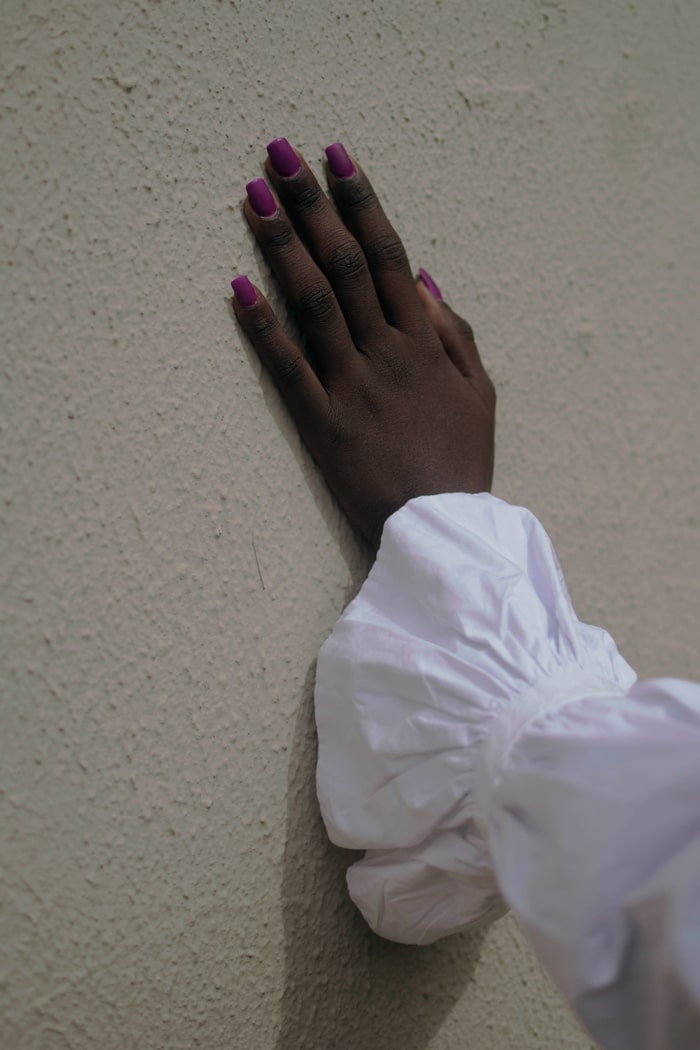This article is part of an ongoing content partnership with FAIRPLANET.
Kenyan children are being taught the definition of “no means no”

Violence against women is still rife across Kenya. From the trading of sex for fish under the term ‘jaboya’, where women trade their bodies to fishermen for better quality fresh fish to sell in the market, to the tradition of being forced to have intercourse with a relative or a ‘cleanser’ after becoming a widow in order to rid of bad omen, the country is today grappling with a number of its past and present misogynistic traditions. In fact, one in three women has reportedly experienced sexual violence according to a report by the United Nations and the Kenyan government. But there is hope looming around the corner as a new generation of Kenyans fight to pioneer gender equality by teaching school children the definition of “no means no” in a programme called Your Moment of Truth.
Run by the charity Ujamaa Africa, the programme’s foundation is anchored in the idea that if school children are taught, from a young age, how to protect girls and women against sexual assault, then the spread of the crime will be dramatically reduced if not even eliminated within just a few generations. Among women’s rights and the definition of consent, the programme teaches adolescent boys to stand up against violence toward women if they witness it at home or in public. When describing the nature of the charity, Collins Omondi, the programme coordinator says that “Our main focus on the curriculum is positive masculinity for the boys, positive empowerment, and actually making them gentlemen on issues to do with the prevention of rape and standing up for the rights of women.”
Besides becoming a crucial means of educating young men and women on the topic of sexual abuse, the programme has proven its effectiveness on several occasions. In 2015, Reuters reported how a schoolboy who witnessed a man taking a diaper off a young child gathered his friends and stopped the man from sexually assaulting the infant and with that, saving her life. According to a study released in the Journal of Interpersonal Violence, the training programme has increased young men’s successful intervention when witnessing a physical or sexual assault by 185 percent, from 26 to 74 percent. Equally, the study proved that interventions in verbal harassment increased and rape in schools where Your Moment of Truth was taught dropped by 20 percent.
In 1993, the United Nations Assembly adopted a declaration to eliminate violence against women, while making any grey zones of what constitutes harassment clear by defining gender-based violence as “Any act of violence that results in the physical, sexual, or psychological harm or suffering to women; including threats of such acts, coercion, or arbitrary deprivation of liberty whether occurring in public or private life.” Yet almost three decades later, the success of Your Moment of Truth, a simple educational programme, proves that not sufficient enough measures have been taken to truly educate societies out of traditional or cultural norms of abuse.
It is programmes such as Ujamaa Africa that are inching us closer to gender equality and the complete eradication of sexual abuse. That doesn’t go to say that the UN’s declaration to eliminate violence against women was in vain—but international pacts such as these must be coupled with grassroots direct action in order to yield visible impact.




